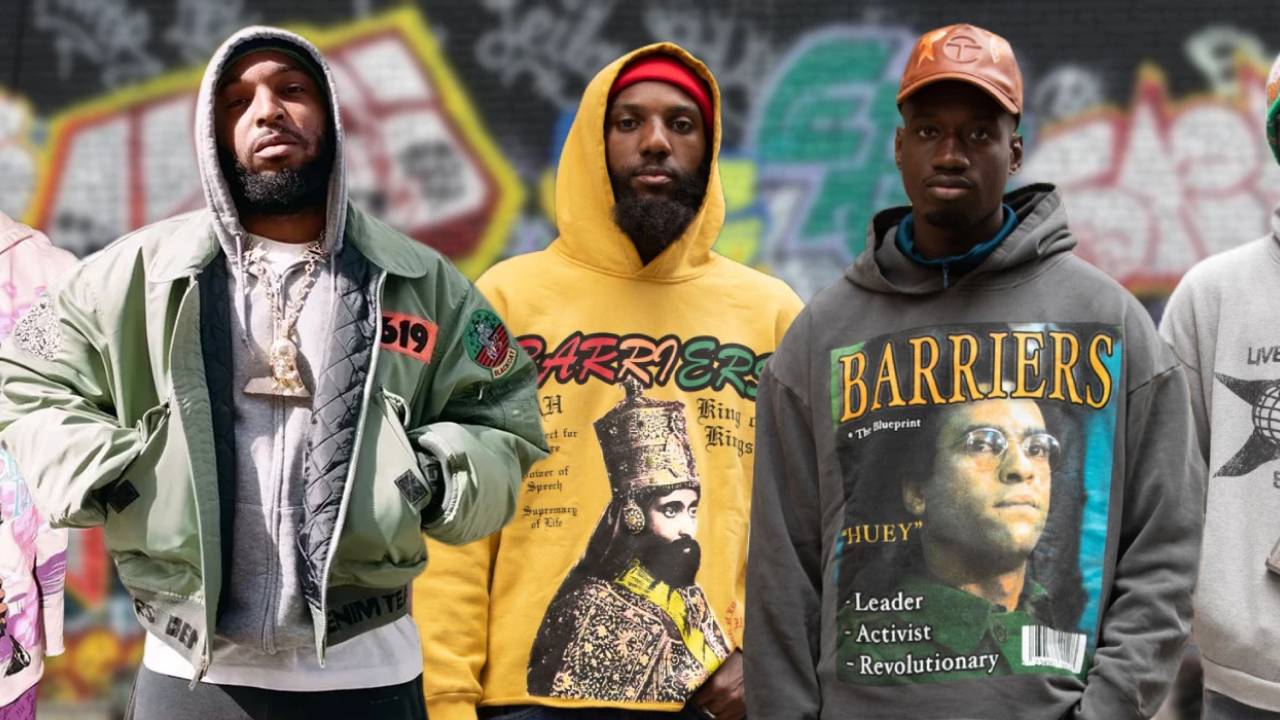In the realm of fashion, clothing transcends its functional purpose of covering our bodies; it becomes a powerful tool for self-expression, cultural representation, and even breaking down societal barriers. From traditional attire rooted in cultural heritage to avant-garde fashion challenging norms, clothing serves as a canvas where identity and creativity converge.
Cultural Significance in Clothing
Barriers Clothing has deep roots in cultural identity, reflecting traditions, beliefs, and histories of communities worldwide. Traditional garments, such as the Japanese kimono or Indian saree, embody centuries-old craftsmanship and symbolism, preserving cultural heritage through their intricate designs and materials. These garments not only denote social status but also serve as a visual language, communicating a wearer’s roots and affiliations at a glance.
In multicultural societies, clothing becomes a bridge between diverse communities, fostering understanding and appreciation. Festivals like Diwali in India or Chinese New Year celebrations showcase vibrant clothing that celebrates diversity while promoting cultural exchange. By wearing and appreciating each other’s traditional attire, people break down stereotypes and foster a more inclusive society.
Fashion as a Political Statement
Beyond culture, clothing often serves as a platform for political and social statements. Throughout history, clothing has been used to challenge norms and advocate for change. The Suffragettes’ adoption of white dresses as a symbol of women’s rights in the early 20th century or the Black Panther Party’s iconic black leather jackets signify defiance and solidarity in the face of oppression.
Contemporary fashion continues to push boundaries, addressing issues like gender equality, environmental sustainability, and body positivity. Brands and designers increasingly integrate social activism into their collections, using fashion shows and campaigns to raise awareness about pressing issues. This intersection of fashion and activism not only influences trends but also empowers consumers to align their values with their wardrobe choices.
Fashioning Gender and Identity
Barriers Hoodie plays a pivotal role in defining and challenging gender norms. Historically, dress codes reinforced rigid gender roles, prescribing specific attire based on perceived masculinity or femininity. However, contemporary fashion embraces fluidity, with designers creating gender-neutral collections that reject traditional binaries.
The rise of gender-fluid fashion not only expands options for self-expression but also dismantles barriers that restrict individuals based on gender identity. Icons like Billy Porter challenge conventions by embracing fashion as a form of self-expression, blurring lines between masculine and feminine aesthetics. This inclusivity not only empowers individuals to express their true selves but also promotes acceptance and understanding within society.
Sustainable Fashion: Breaking the Cycle
In recent years, the fashion industry has faced scrutiny for its environmental impact, prompting a shift towards sustainable practices. Fast fashion’s disposable nature contributes significantly to waste and pollution, highlighting the need for ethical alternatives. Sustainable fashion focuses on durability, eco-friendly materials, and ethical production, challenging the industry to prioritize planet and people over profit.
By promoting transparency and ethical standards, sustainable fashion seeks to break free from exploitative practices prevalent in conventional production. Initiatives like upcycling, recycling, and using organic fabrics promote a circular economy, reducing fashion’s carbon footprint and fostering a more conscientious consumer mindset.
Conclusion
Clothing transcends its materiality to embody cultural heritage, social movements, and individual identities. Whether through traditional attire that preserves cultural legacies, fashion statements that challenge societal norms, or sustainable practices that prioritize ethics, clothing continues to break barriers and redefine its role in society.
As we navigate an increasingly interconnected world, clothing remains a powerful medium for dialogue, understanding, and change. By embracing diversity, advocating for inclusivity, and supporting sustainable practices, fashion becomes not only a reflection of our values but also a catalyst for a more equitable and harmonious future.

